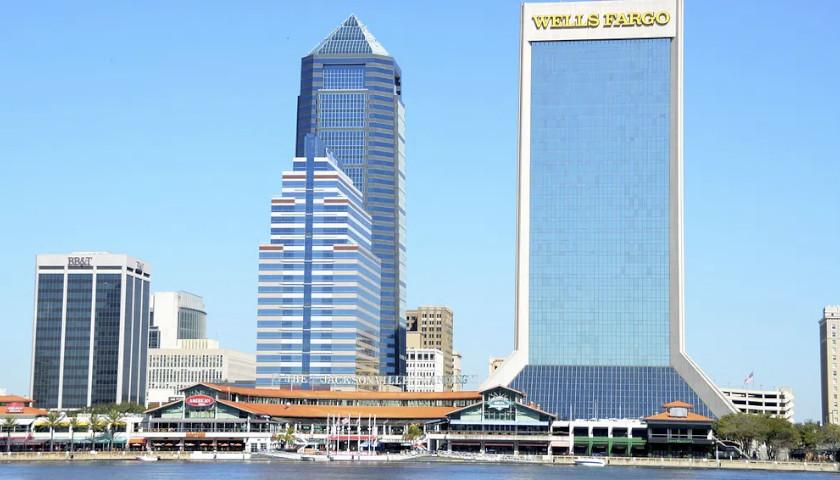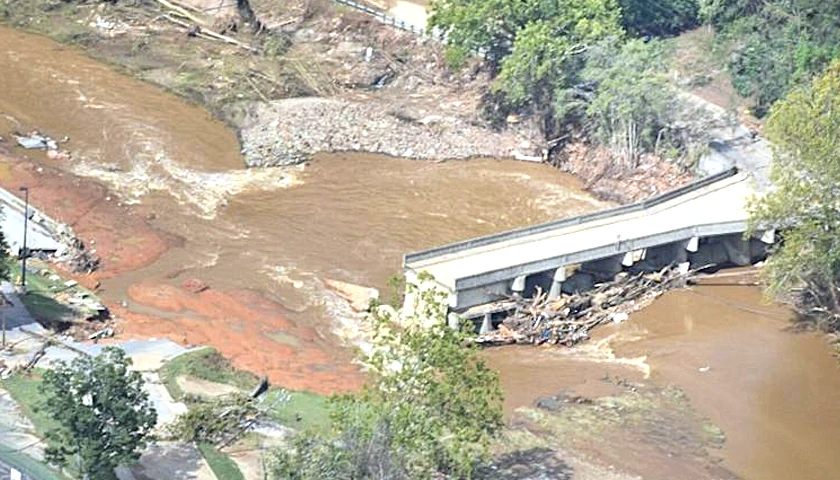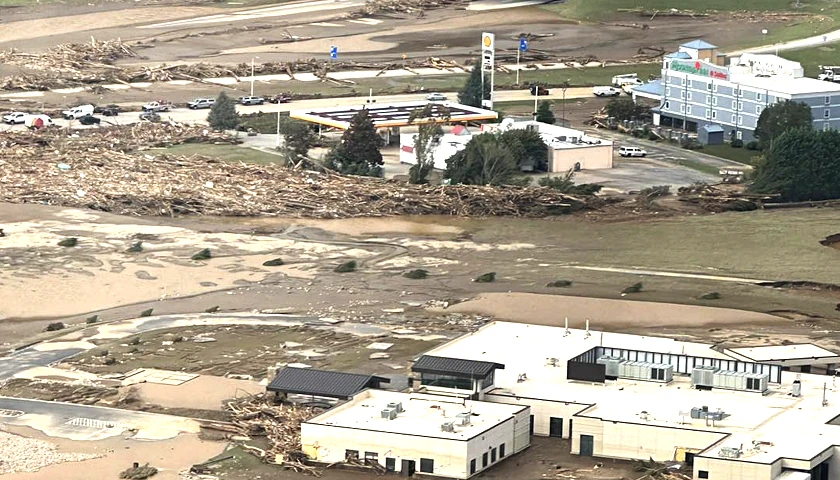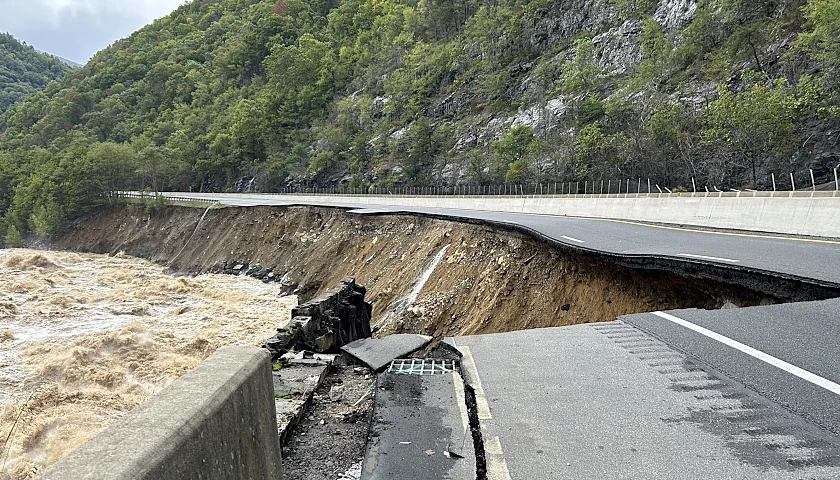by Andrew Powell
A recent report from Florida TaxWatch proposes new measures to help combat storm water runoff and reduce flooding through the use of green infrastructure.
Over the past few years, the Sunshine State has had its fair share of severe storms, as recently as August, when Hurricane Idalia made landfall in the Big Bend region of the state, causing widespread flooding to coastal towns.
The report states that as of 2023, Florida has invested over $300 million to build coastal resiliency, reduce stormwater runoff, and reduce flooding through the Resilient Florida Program. This comes with an increasing maintenance cost which could reach upwards of $7.7 million over the next five years, and does not include any new projects.
Furthermore, the report notes that many state systems are rated as “mediocre” and “at-risk.” Because of this, additional investment into stormwater management systems, levees and dams are needed to address these risks.
Jacksonville, located on the Atlantic Coast, was affected severely by flooding caused by Hurricanes Irma and Matthew. Stormwater runoff into bodies of water near the city impacted water quality and infrastructure.
To prevent or reduce future disasters, the city invested into green infrastructure alongside man-made infrastructure, reducing the stress on drainage systems and significantly lowering the risk of severe flooding — even during higher-than-average rainfalls.
According to the report, the cost of man-made infrastructure costs between 4% and 19% more than green infrastructure like trees and grass ditches, Jacksonville has managed to save $112 million from its urban tree canopy project, significantly reducing pollution and stormwater runoff.
This figure was calculated from a tree benefits estimation tool called iTree, which was created by a partnership of the U.S. Forest Service and environmental groups.
The urban tree canopy project savings, broken down, saved the city $59.6 million in carbon dioxide emissions, $14.4 million in stormwater mitigation, and $38.8 million in air pollution removal.
It is further noted that the water quality of the St. Johns River has remained stable over the past 15 years, and over several years the amount of pollutants entering the river has decreased.
The U.S. Environmental Protection Agency has estimated that not putting in green infrastructure could cost taxpayers $750 million nationwide, with coastal areas facing the biggest threats.
In 2015, a study suggested that using green infrastructure could reduce these flooding and pollution costs by $63 million to $136 million by 2040.
– – –
Andrew Powell is a contributor to The Center Square.





